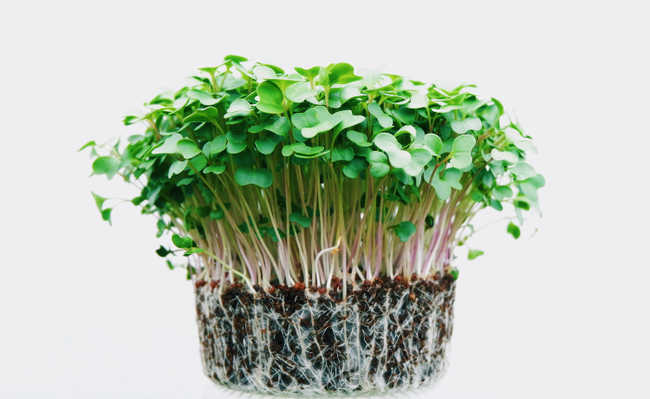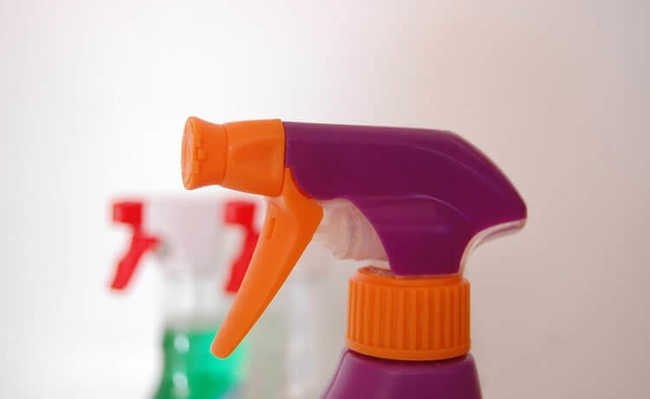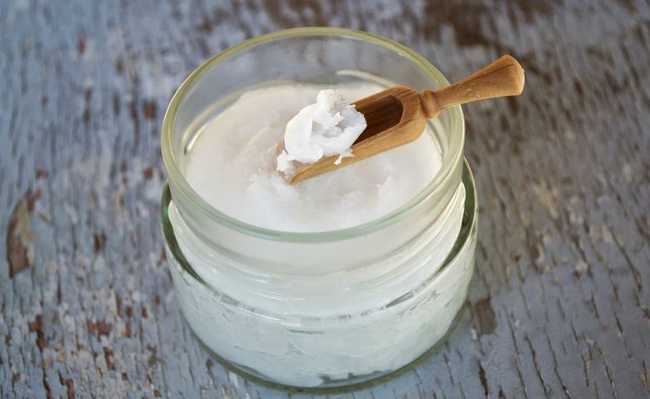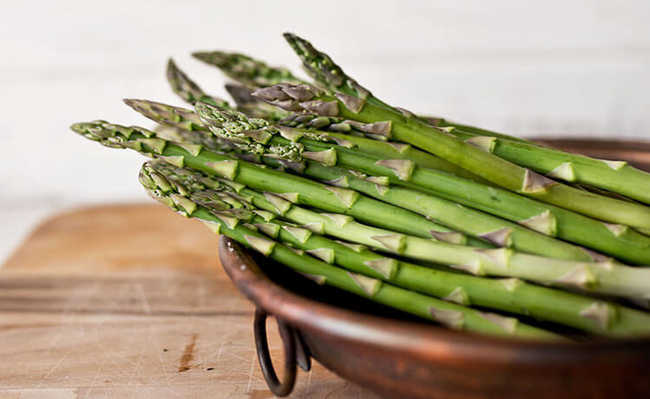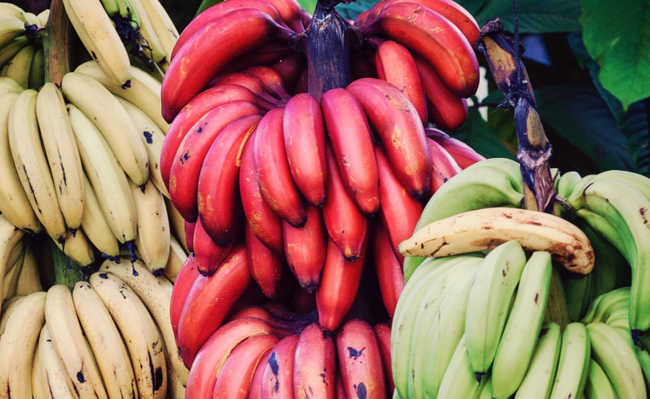Dishwashing sponge accumulates bacteria and fungus. Understand
Studies show that bacterial contamination of the dishwashing sponge has no solution

The dishwashing sponge, which is sometimes also used for cleaning and other household chores, is in direct contact with the germs and bacteria contained in the sink. The moment a person picks up the sponge to wash it, it is contaminated by the thousands of micro-organisms contained in it. As they are used frequently, these bacteria spread through the body without us noticing, which can make the body more susceptible to contracting diseases.
The traditional foam dishwashing sponge is actually composed of polyurethane plastic (a petroleum-based material) and other synthetic chemical components and is difficult to recycle, which makes replacing it with the vegetable sponge a good initiative, since, in addition to greater durability, its raw material is natural and fully biodegradable - understand the difference between the two products in terms of material: "Dishwashing sponge: vegetable sponge is an ecological option".
In general, regardless of the type of sponge you use, it is necessary to change it in one or two weeks, depending on the frequency of use (experts recommend changing it in one week - see important topic at the end of the article). Research shows that, no matter how much cleaning or decontamination is carried out, bacteria are able to colonize sponges quickly - that's why it is important to carry out disposal weekly or, at the most, in two weeks.
Microwave method leaves sponges more contaminated
The microwave technique involves soaking the polyurethane dishwashing sponge, placing it on a plate and taking it to the microwave for two minutes. This method was tested by research at the University of Florida, in the United States, and became popular, to the point that the US Department of Agriculture recommends the practice. However, German researchers published a study in the journal Scientific Report showing that boiling or putting the sponge in the microwave does not reduce the number of pathogens that can cause infectious diseases - and the most worrying thing: it's just the opposite!
The increase in microorganisms occurs because pathogens are more resistant to this type of cleaning. The "weaker" bacteria die at high temperatures and the toughest and most dangerous quickly colonize the entire sponge. The solution, therefore, would be to change the sponge regularly each week.
"From a long-term perspective, sponge sanitation methods seem not sufficient to effectively reduce the bacterial load in dishwashing sponges and may even increase the proportion of RG2-related bacteria (risk group 2). Instead, we suggest a regular (and easily accessible) dishwashing sponge replacement, eg weekly," conclude study authors Massimiliano Cardinale, Dominik Kaiser, Tillmann Lueders, Sylvia Schnell and Markus Egert, from different universities and research institutes in Germany .
environmental issue
Thus, if you use the polyurethane sponge, the best thing to do is, after use, dry it as much as possible, then leaving it in the sun. And, of course, use it for only about a week before making the switch.
The big problem is that the above attitude can have undesirable consequences. The polyurethane production process, which comes from petroleum, has environmental problems (see more in "Polyurethane has harmful effects on nature, but alternatives to recycling grow") and, if many people follow the recommendation and change the sponge weekly, impacts environmental factors would increase, even more because the polyurethane kitchen sponge is difficult to recycle, since its disposal process is complex and its recycling is not economically viable. As it is also not reasonable to carry out any decontamination or to prolong the use of the sponge, what to do?
Alternative option: vegetable sponge
The most recommended is to use the vegetable sponge. It effectively replaces the synthetic polyurethane sponge in dishwashing (without scratching the dishes) and has the great advantage of being a natural product. This makes it biodegradable in landfills, even though it is contaminated in the same way as a common dishwashing sponge. Its usage period should also be about a week. The vegetal sponge , which comes from the plant Cylindrical Luffa, can be cut little by little, and can also represent economic advantages. If you have room to spare, it is also possible to grow your own natural sponge. Learn how to plant vegetable loofah and find out more benefits:




